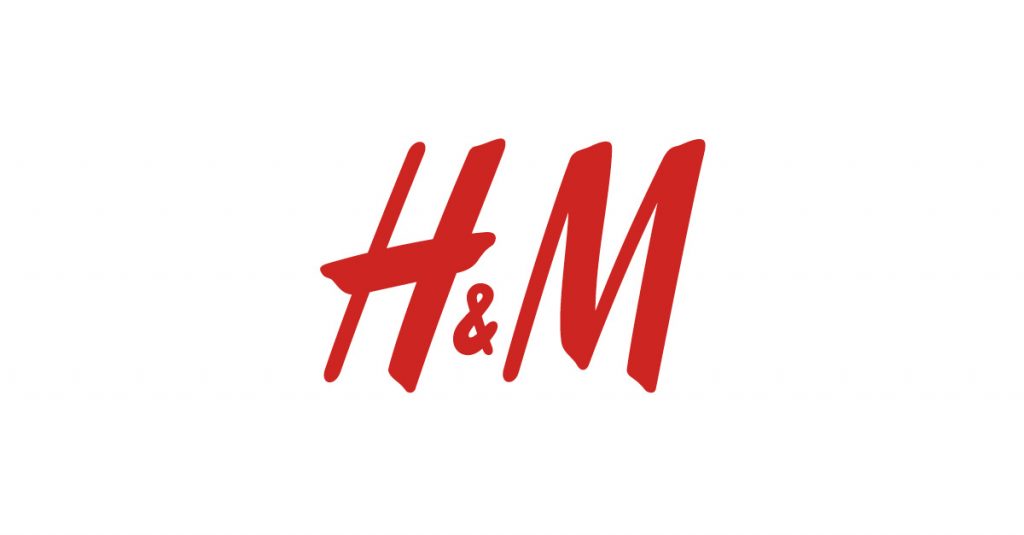By: Graham Nielsen

In this film, I wanted to play with the idea of fast fashion advertising and turn it on its head. I edited two different H&M look books to show what really goes into the garments they advertise and the fast fashion industry as a whole.
Today, more than ever, people have a desire to buy more. Pushed by advertising, we look for novelty and variety, amassing personal wardrobes unimaginable in times past. With the advent of fast fashion, brands like H&M and ZARA are able to provide low prices by cutting costs where consumers can’t see—textile workers are maltreated and our environment suffers.
Robert Reich’s (2007) book, Supercapitalism, discusses how we have “two minds,” one as a consumer/investor and another as a citizen. He explains that as a consumer, we want to spend as little money as possible while finding the best deals—shopping at stores like H&M. On the other hand, our “citizen mind” wants workers to be treated fairly and our environment to be protected. This film highlights fast fashion as an example of Riech’s premise of the conflict between our two minds.
Sources used for this film:
Links to the original look books: Men Women
Kant, R. (2012) Textile dyeing industry an environmental hazard. Natural Science, 4, 22-26. doi: 10.4236/ns.2012.41004.
https://www.sciencedirect.com/science/article/abs/pii/S0263237314000371?via%3Dihub
Annamma Joy, John F. Sherry Jr, Alladi Venkatesh, Jeff Wang & Ricky Chan (2012) Fast Fashion, Sustainability, and the Ethical Appeal of Luxury Brands, Fashion Theory, 16:3, 273-295, DOI: 10.2752/175174112X13340749707123
Sociology of Fashion: Order and ChangePatrik Aspers and Frédéric GodartAnnual Review of Sociology 2013 39:1, 171-192
Africa Footage: https://www.youtube.com/watch?v=elU32XNj8PM